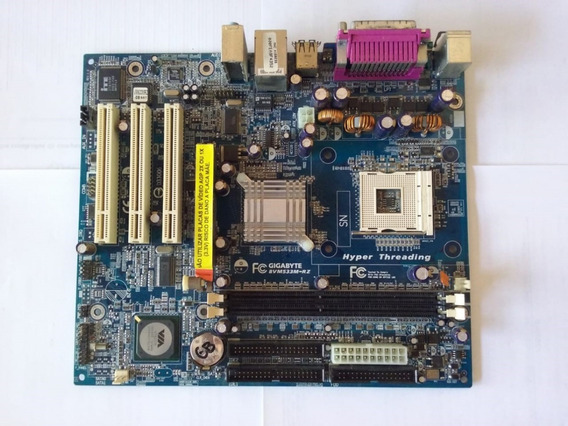

The supplementary package, whilst not fulfilling, has some really cool clear-blue cables and the manual is also one of the most comprehensive documents we've ever seen.Īs a performance gaming platform, CrossFire is only supported in a dual x8 arrangement which is better than the "hacked" P965 boards that uses a combination of x16 and x4. Whilst it does sport some funky flame styled blue heatsinks on the voltage regulation components that's as far as it gets: everything else is pretty plain and basic. The colour scheme is nothing special, although there's no bling LEDs or fancy heatpipes - you just get what's really necessary. The motherboard design works pretty well, and whilst there are a few niggles in the layout it's generally easy to work with. However, in an age of multi-core CPUs and multiprocessing, people are asking more from their PCs all at once, so this is why we expect motherboards to handle our stress test.

That's not to say the board is unstable for a normal user under normal conditions: when just using it day to day, running benchmarks and even running our own multi-tasking scenarios, it works perfectly fine and never crashed once (after we had found the optimal memory timings). We frankly expected more considering the cost of the board and the engineering prowess behind it. The maximum time we were able to run at least one Prime95, FarCry and IOMeter was ten and a half hours. If left running, FarCry would then hard lock the system some hours later. In multiple attempts to run both FarCry and two Prime95's (one per core), at least one of the Prime95 runs would terminate anywhere between minutes to a few hours.

Whilst this is both an entry level workstation board and performance desktop, stability was unfortunately not a feature that has inhabited the Intel D975XBX2. We even tried an E6400, because manually lowering a multiplier on a CPU causes the northbridge to run excessively fast, but the E6400 wouldn't even achieve the 350MHz FSB our X6800 CPU could. As usual with the 975X chipset we had to increase the MCH voltage along with the overclocking until we maxed it out. Overclocking offered a decent 350MHz front side bus speed, but despite trying to force it over the common "wall" that the 975X chipset suffers around 350-370MHz and booting straight at 401MHz, it liked it even less. This saves you resetting everything and having to input it all again like a standard CMOS reset. There's no CMOS reset like most other boards as well: instead there's a debug option where you flip the jumper and leave it in debug mode as you boot the PC, re-save the BIOS under options you know will work, turn off and then try again in normal mode. This means scrolling up from 266 to 350+ becomes a time consuming exercise. The front side bus overclocking is a little awkward, since you have to press enter then +/- in order to adjust the value, compared to just hitting enter and typing in a number like in a standard Award BIOS.

If you want a gaming motherboard, you could also look at a multi-GPU crippled P965 chipset, which can normally be found with more features for less money.įor an Intel motherboard there's a surprising quantity of overclocking options available: MCH, front side bus and decent memory voltage adjustments are all included. Performance desktop and workstation boards with more extravagant features, like the Asus P5W64 WS Pro, are usually well in excess of £150. If it was just a workstation board it would be more acceptable, but other boards with similar or better features, like MSI's 975X Platinum, Abit's AW9D(-MAX), DFI's Infinity 975X/G and Asus' P5W-DH can all be found for less money. Conclusions £150 (inc VAT) is bordering the limit of what many will class as an expensive motherboard.


 0 kommentar(er)
0 kommentar(er)
